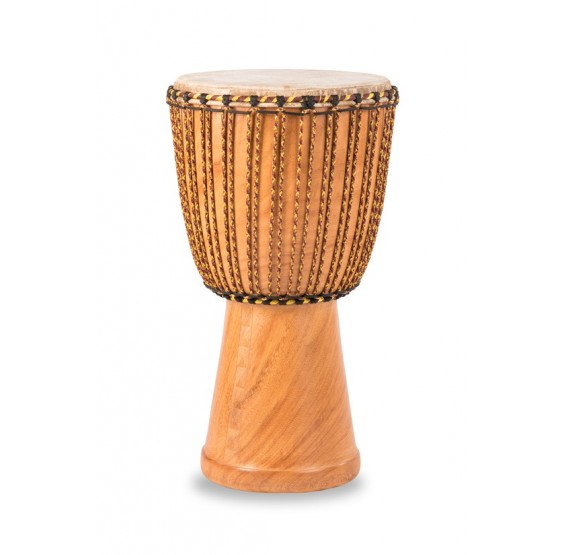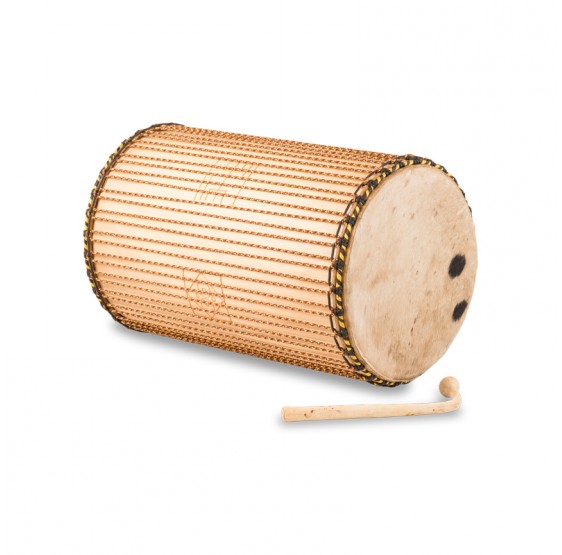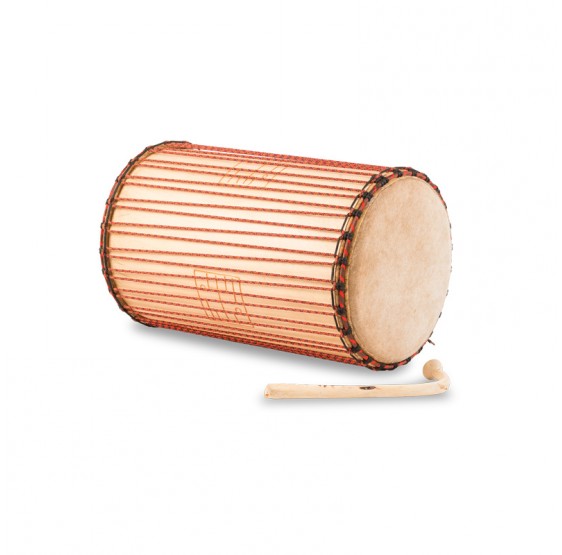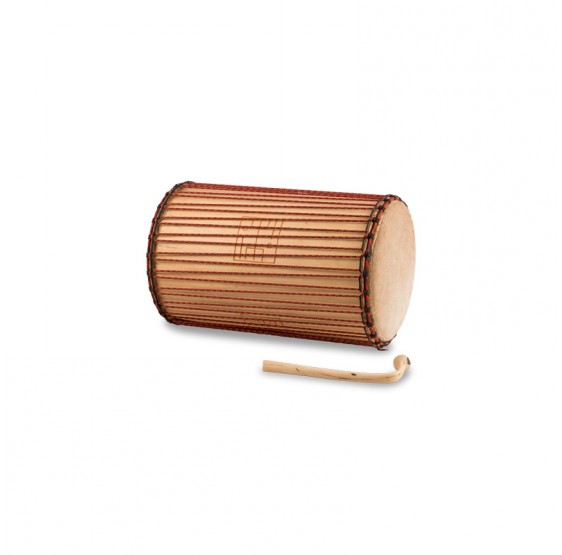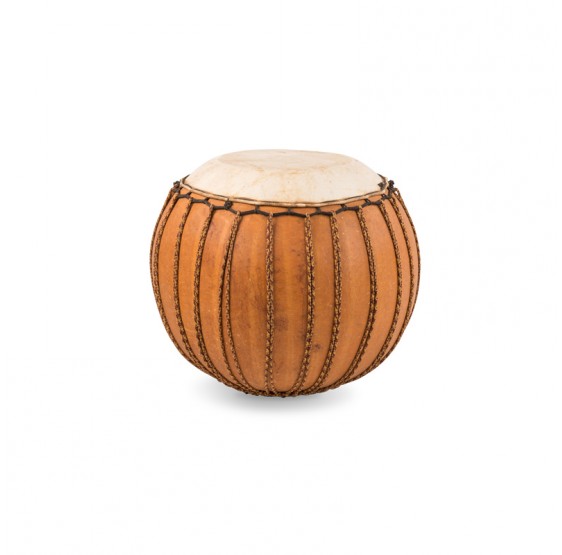No products
To be determined
Shipping
0,00 €
Total
Product successfully added to your shopping cart
Quantity
Total
There are 0 items in your cart.
There is 1 item in your cart.
Total products
Total shipping
To be determined
Total
(tax incl.)
The shell is carved form a log of dense wood with strong resonance. It is then covered in an untreated shaved goatskin. The ropes, made from two or three tone polyamide, have been specially produced for Kangaba. The strappings are made of steel.
| Height | 60-62 cm |
| Compositions | bois dense, peau de chèvre, cerclage acier et corde polyamide |
| Diamètre | 32-35 cm |
No customer reviews for the moment.
Related Products


